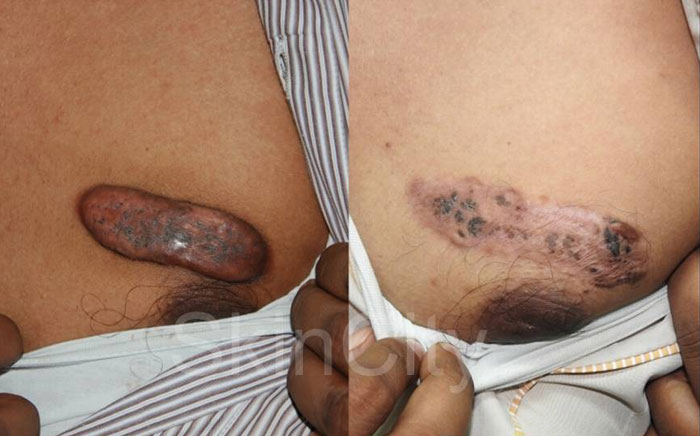Understanding the Different Types of Keloid Scars
Introduction:
Understanding the Different Types of Keloids | Keloid Specialist, Boost Your Confidence and Body Image with the help of treatment. Keloid scars are a unique form of scar tissue that can pose challenges for those who experience them. Understanding the different types of keloid scars is crucial in recognizing their characteristics, causes, and potential treatment options. In this blog post, we will explore the various types of keloid scars and shed light on their distinct features, helping individuals gain a better understanding of this condition.
Hypertrophic Scars:
Hypertrophic scars are often mistaken for keloids, as they share similar characteristics. However, they have distinct differences. Hypertrophic scars are raised, thickened scars that develop at the site of an injury or wound. Unlike keloids, hypertrophic scars remain within the boundaries of the original wound and typically regress over time. They are commonly red or pink in color and may be itchy or tender. Hypertrophic scars tend to improve with proper wound care and time, but in some cases, they may require medical intervention.Keloid Scars:
Keloid Scars:
Keloid scars are an abnormal growth of scar tissue that extends beyond the boundaries of an initial injury or wound. They are characterized by raised, thickened, and often rubbery-textured scars that can be larger than the original wound. Keloids tend to be more prevalent in individuals with darker skin tones. These scars can cause itching, pain, and discomfort, and they may continue to grow over time. Keloids can appear anywhere on the body and can be challenging to treat.
Acne Keloids:
Acne keloids, also known as acne keloidalis nuchae, are a specific type of keloid scar that occurs on the back of the neck or the nape area. They typically develop as a result of chronic inflammation caused by ingrown hairs or acne breakouts. Acne keloids appear as raised, firm nodules that can be painful and itchy. Treatment options for acne keloids may include topical medications, corticosteroid injections, laser therapy, or surgical excision.
Earlobe Keloids:
Earlobe keloids are a common form of keloid scar that occurs as a result of earlobe piercings. They are characterized by thickened, raised scars that can extend beyond the earlobe. Earlobe keloids can be aesthetically displeasing and may cause discomfort or tenderness. Treatment options for earlobe keloids may include corticosteroid injections, pressure therapy, cryotherapy, silicone gel sheets, or surgical removal.
Surgical Keloids:
Surgical keloids can develop at the site of surgical incisions or procedures. They are more likely to occur in individuals who are predisposed to keloid formation. Surgical keloids exhibit the typical characteristics of keloid scars, including raised, thickened tissue that extends beyond the original incision. Prevention and treatment of surgical keloids may involve various strategies, such as proper wound care, silicone gel sheets, corticosteroid injections, or laser therapy.
Conclusion:
Understanding the different types of keloid scars is essential for recognizing their unique features and seeking appropriate treatment options. Whether you are dealing with hypertrophic scars, keloids, acne keloids, earlobe keloids, or surgical keloids, consulting with a dermatologist or a medical professional specializing in scar management can provide valuable guidance. Remember, each individual’s experience with keloids is unique, and treatment approaches may vary. With the right knowledge and support, managing keloid scars becomes an achievable goal, empowering individuals to regain confidence and live their lives to the fullest.

